
by Debra Agnew | Oct 2, 2023
Urban Desertscape Enhancement
The Urban Desertscape Enhancement (UDE) collaborative working group aims to educate homeowners on the importance of water conservation and native plant landscaping.
UDE focuses on increasing native desert habitat in urban areas and saving water across the Maricopa County region. Protecting local parks and preserves from invasive plants starts with you. Learn more about how you can participate in water conservation and invasive plant efforts below!
Explore more resources below by topic or location.
Project Partners
We are grateful for the support and leadership of our partners in this effort.
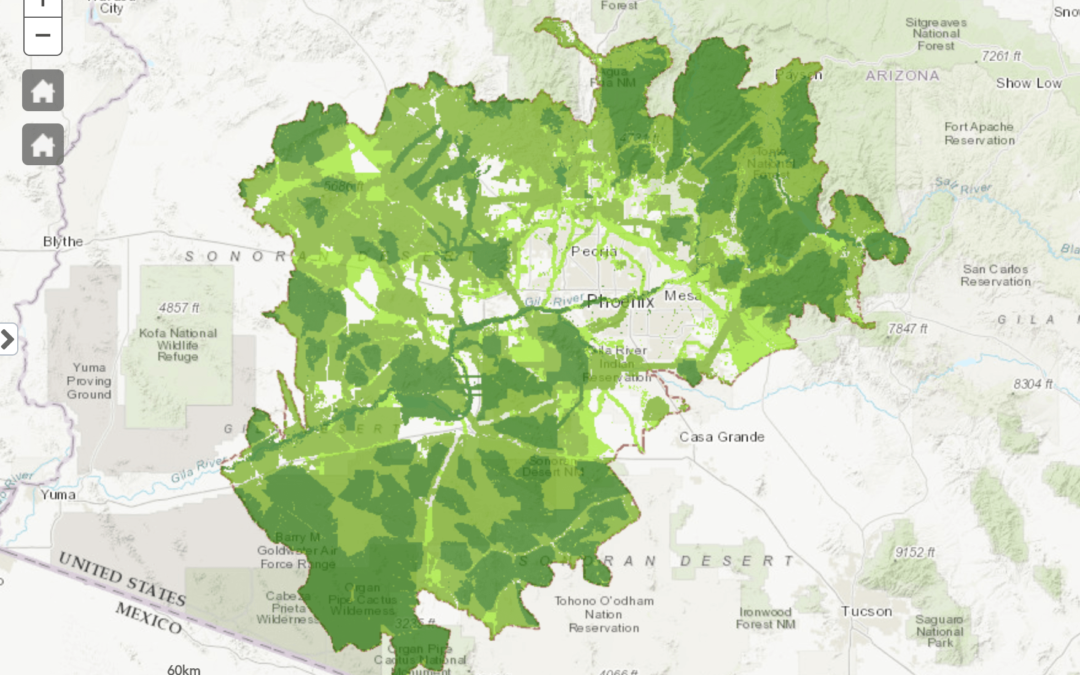
by Ashley Quay | May 29, 2020
The CAZCA Greenprint
The Greenprint is a mapping tool designed collaboratively with the Trust for Public Land, the Nature Conservancy and Sonoran Institute. This natural infrastructure viewer can help bridge the information gap between sectors and facilitate the inclusion of natural resource data in decision-making.
While there are many kinds of data in the Greenprint, this tool offers particular insight into lands valuable for habitat connectivity, protecting water resources, and addressing both heat vulnerability and equitable access to open spaces.
Greenprint Support
Interested in learning more about this tool? Contact us to request a Greenprint Training. Explore how this tool can help you and your organization protect open space.
Project Partners
We are grateful for the support and leadership of our partners in this effort.

by Ashley Quay | May 29, 2020
Collaboration Hub
The CAZCA Collaboration Hub is a pilot initiative with the goal of improving data-sharing and cross-sector collaboration. The Collaboration Hub is based on ESRI’s ArcGIS Hub platform, and we have designed our hub to share the work of our partners, facilitate collaboration, and assist in information sharing.
Follow the CAZCA Hub to begin sharing projects, resources, and data, and engage with CAZCA’s working groups and our partner’s conservation initiatives.
Project Partners
We are grateful for the support and leadership of our partners in this effort.

by Ashley Quay | May 29, 2020
Desert Defenders
Invasive species are one of the biggest threats to healthy ecosystems. They often crowd out native species, decrease biodiversity and increase wildfire risk. Join the new Desert Defenders program to help us find and remove these plants!
Desert Defenders is a collaborative, community science program focused on finding, mapping and removing invasive species at local parks and preserves. The plant species that we focus on are known to have a moderate to severe impact on local ecosystems, and a few pose a risk for our community by increasing fire risk and even impacting human health.
To access resources, sign up to volunteer, or find a program at a specific park/municipality, scroll down.
6000+
Data Points Collected
Explore more resources by topic.
Are You Looking for Volunteer Opportunities in Your City or at a Specific Park?
Click the button to the right to see a list of partner volunteer pages!
Desert Defender Sign Up
Fill out our form to stay up to date on upcoming trainings, events and program updates!
Project Partners
We are grateful for the support and leadership of our partners in this effort.

by Ashley Quay | May 29, 2020
Sonoran Insiders
The Sonoran Insiders is an innovative social media ambassador program designed to link local influencers with conservation non-profits and land managers.
This new program seeks to bridge the gap across fields and industries to collaborate with local digital influencers for conservation. We believe passionate members of the community can help amplify local efforts to raise awareness on local environmental, conservation and recreational issues to foster better stewardship and conservation action.
For conservation professionals, this is a great way to leverage influencer audiences for the stewardship and responsible use of public lands and National Forests in Arizona. For our ambassadors, it’s an opportunity to have unique experiences, share and exchange knowledge, and support responsible use.
1,016,000
Avg. Total Reach
Project Partners
We are grateful for the support and leadership of our partners in this effort.
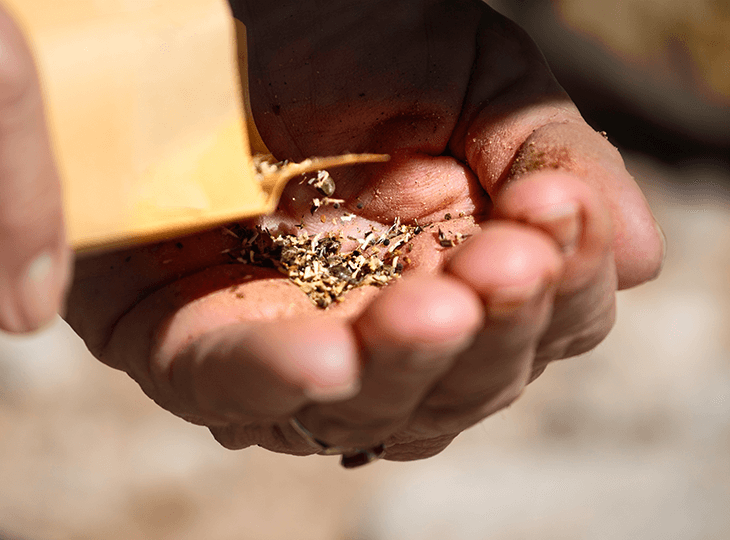
by Ashley Quay | May 29, 2020
Sonoran Seed Collaborative
Sonoran Seed Collaborative is a native plant project dedicated to restoring our desert parks and preserves. We aim to find the best practices for growing and propagating local, native Sonoran Desert plants to harvest for seeds that can be used in future restoration projects in our area.
This project was started in 2018 in collaboration with the Arizona Columbine Garden Club, Tovrea Carraro Society, Arizona Native Plant Society, and Desert Botanical Garden as a jumping off point to support a regional network of local growers of native seeds and plants for conservation.
Photo credit: EarthWeek UA, X
Make Your Own Bike-Powered Seed Pelletizer
Seed pellets are an ancient method of sowing seed, and now you can make your own at home! Once the seed pellets are thrown onto soil, they are able to maintain their shape and preserve their seeds until heavy rains eventually wash away the clay and allow the seeds to germinate.
Making seed pellets by hand can be extremely time consuming and labor intensive, which is why Elise Gornish, Ashlee Simpson and Marci Caballero-Reynolds constructed a bicycle-powered seed pelletizing machine that effectively coats seed in clay and compost materials to make large numbers of seed pellets in a reasonable amount of time.
Learn more about how to construct your own bike-powered seed pelletizer below!
Learn more about how to make your own seed balls below!
Project Partners
We are grateful for the support and leadership of our partners in this effort.

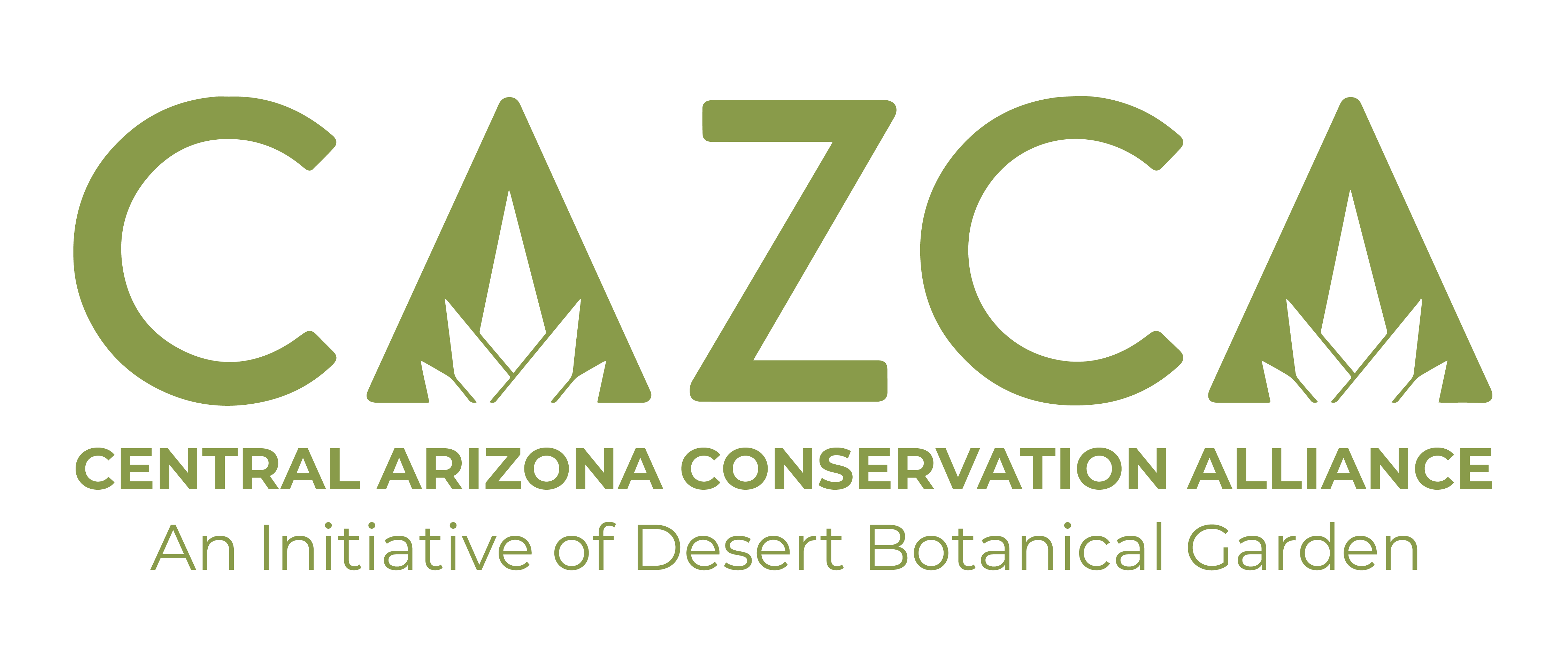
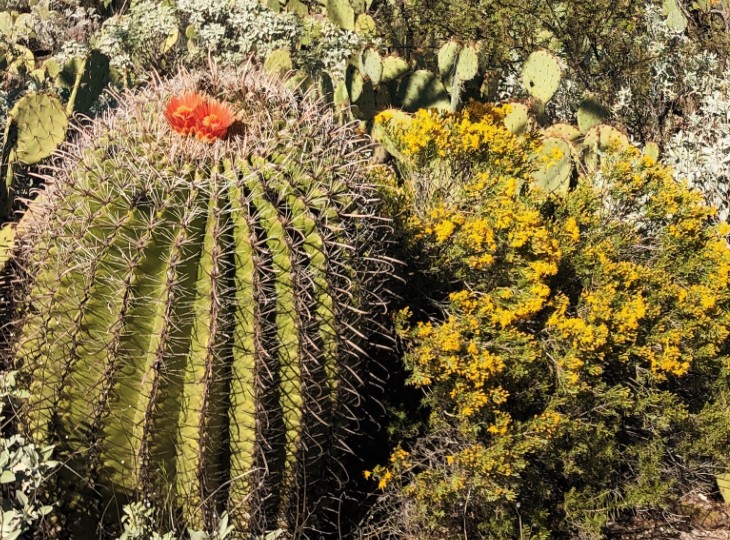
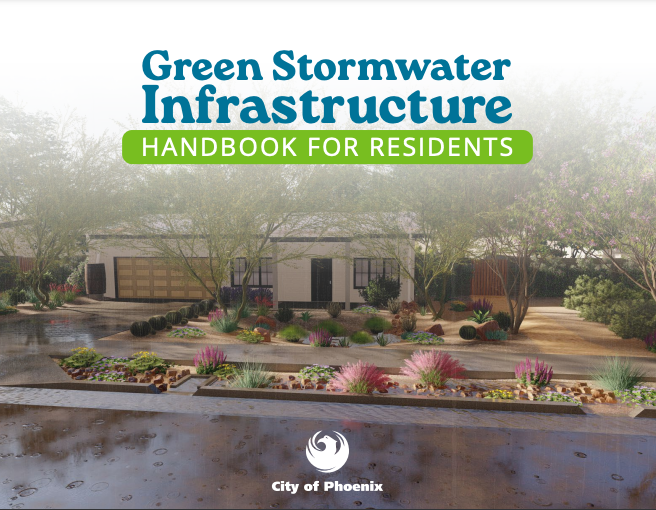
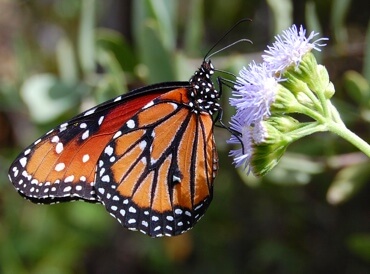
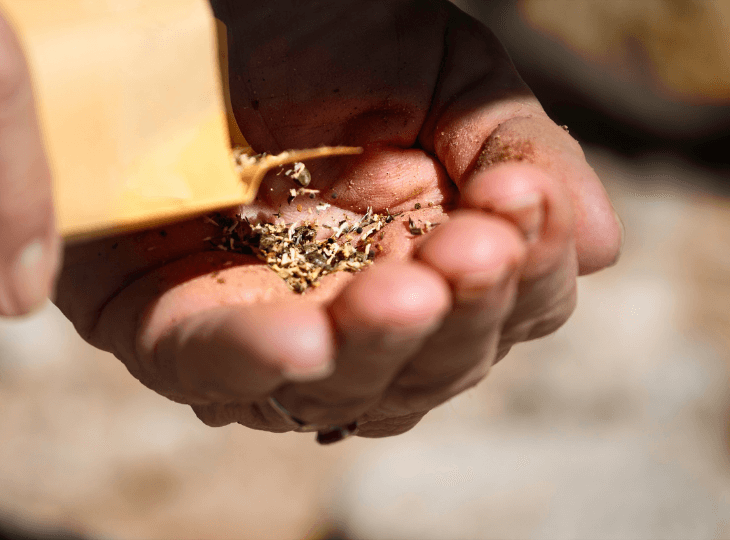

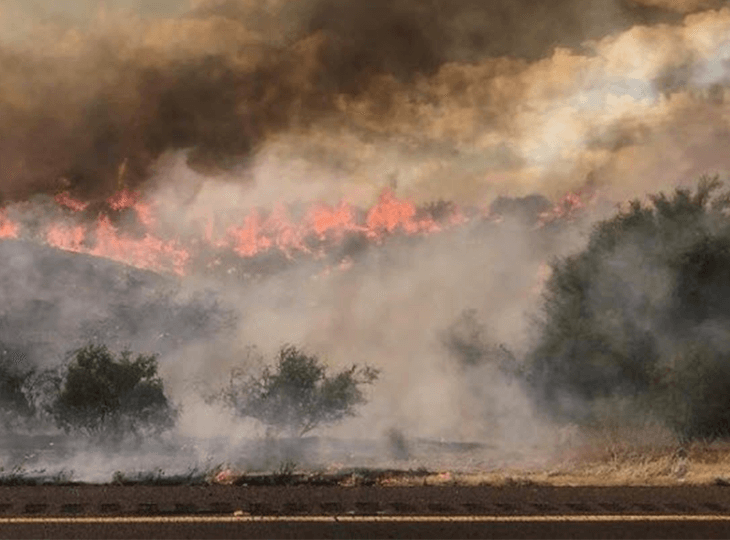



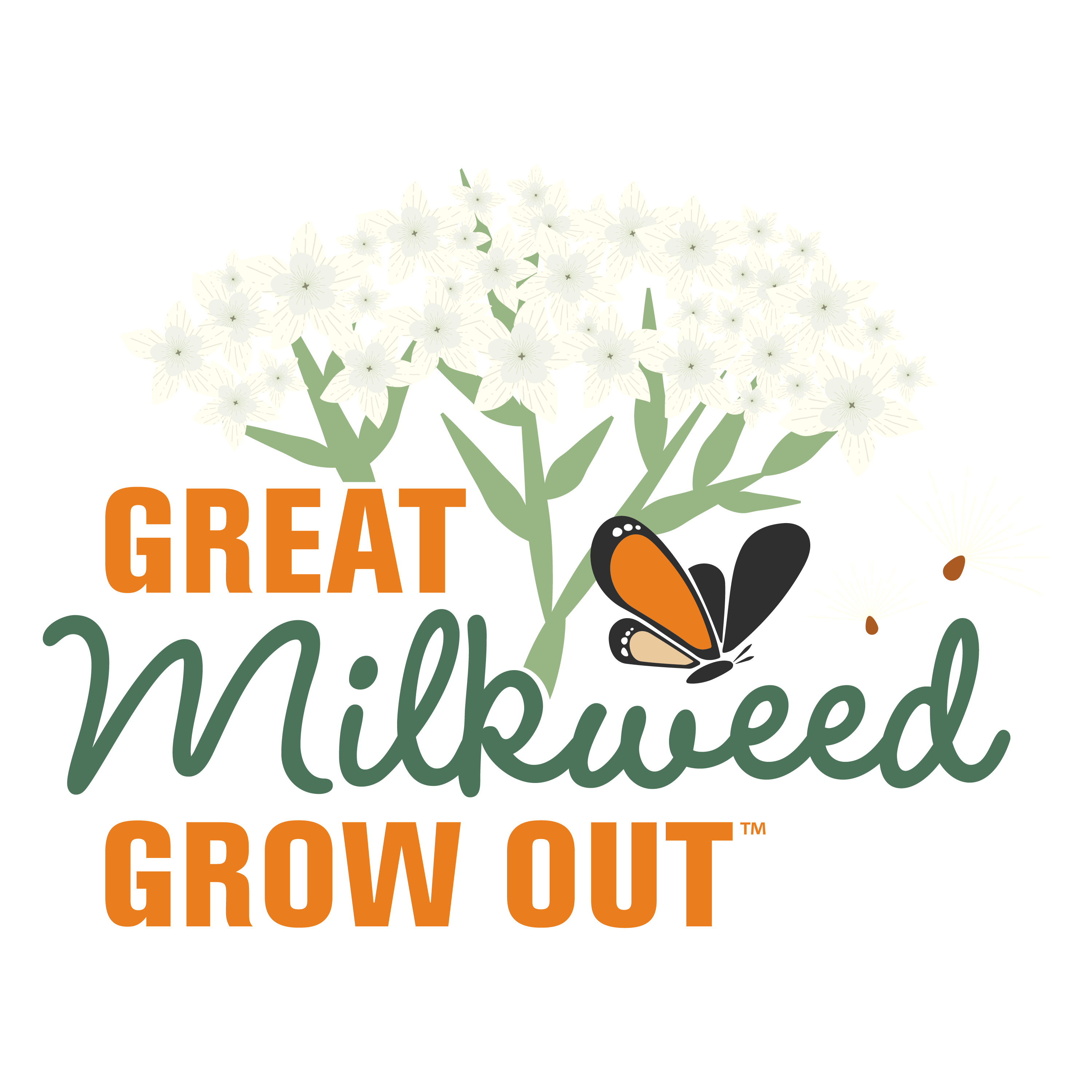

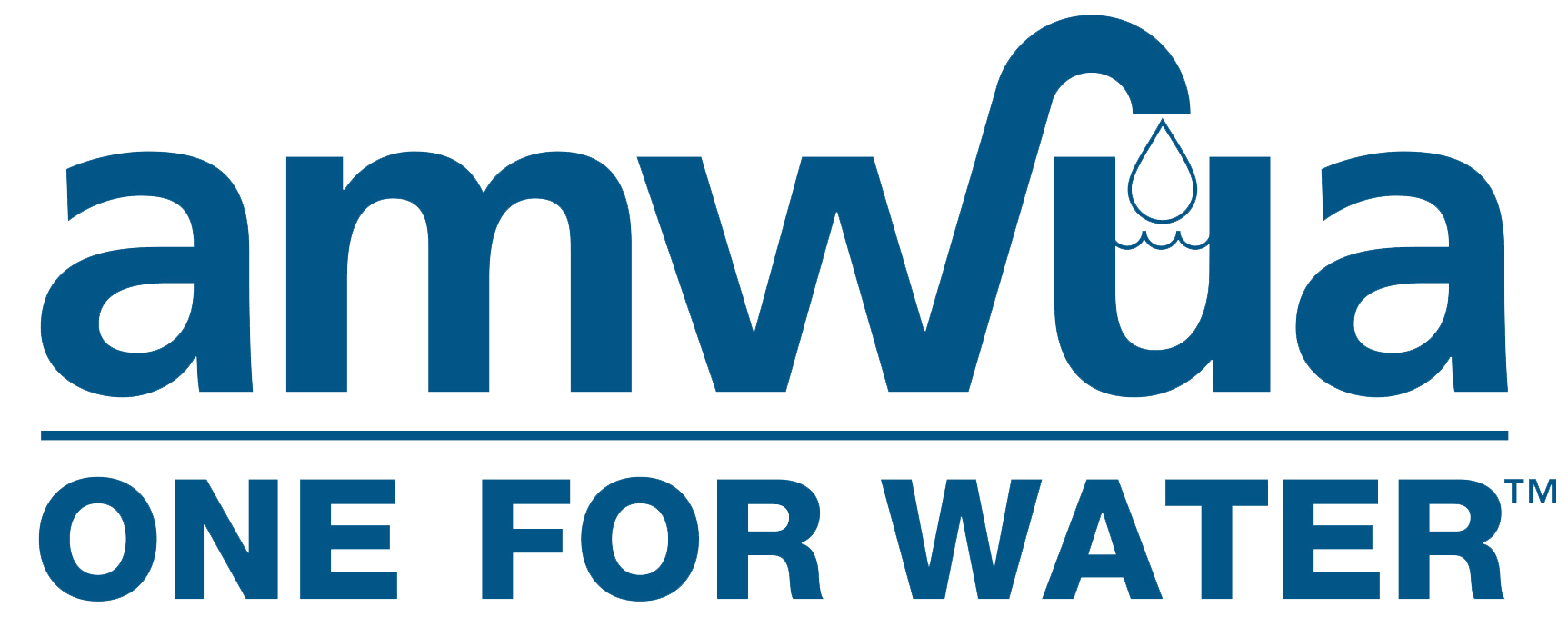


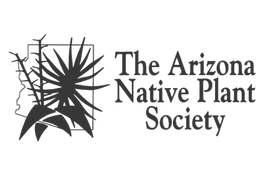


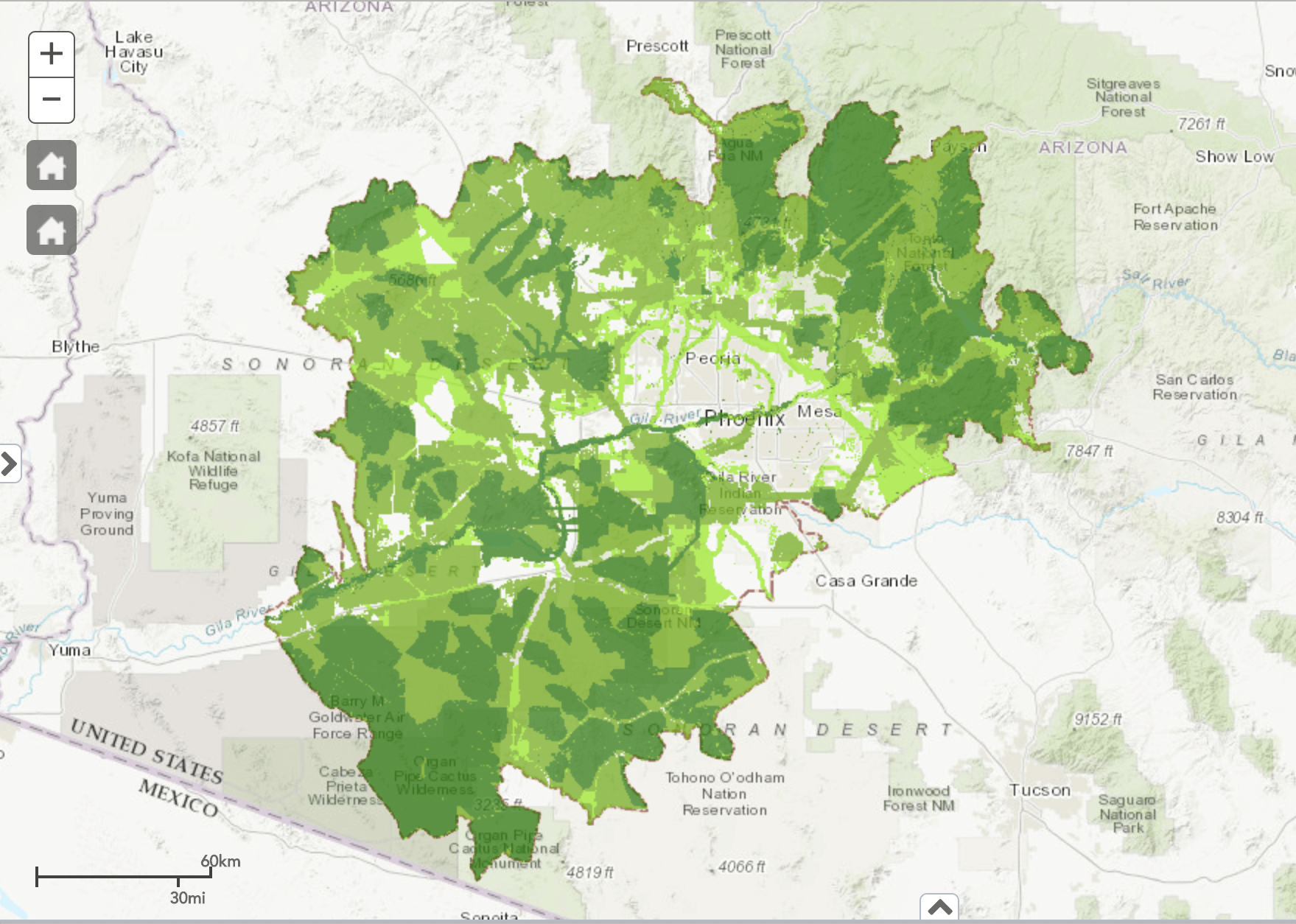







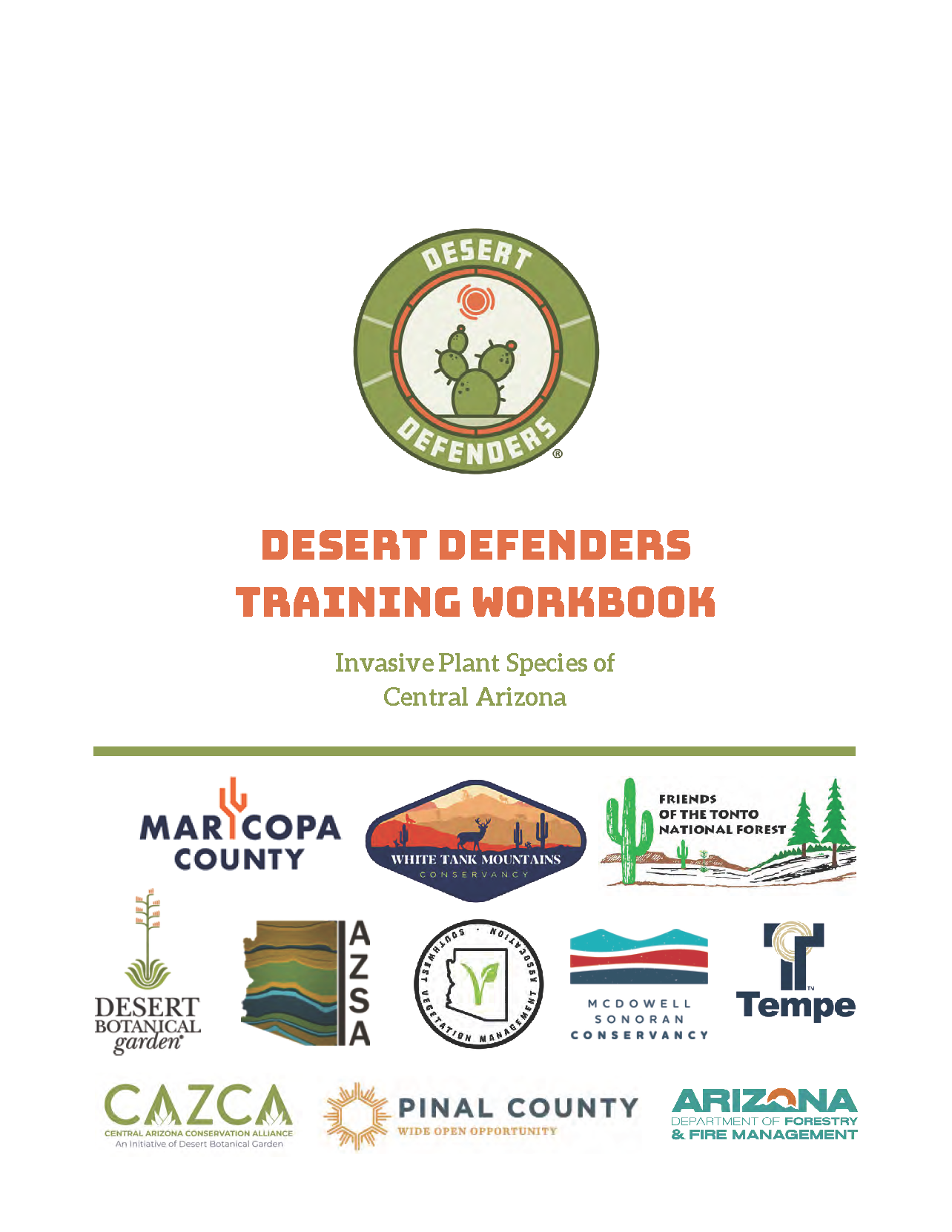



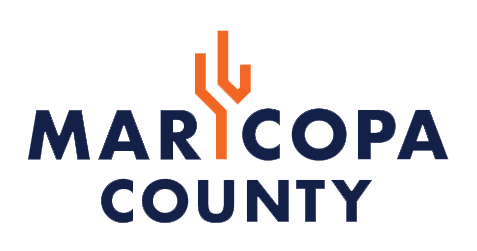



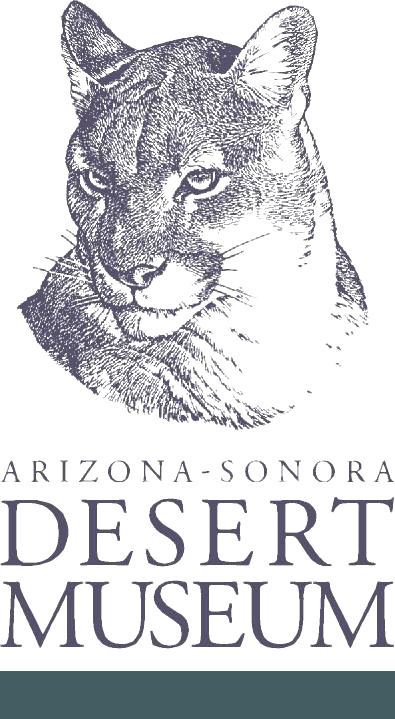







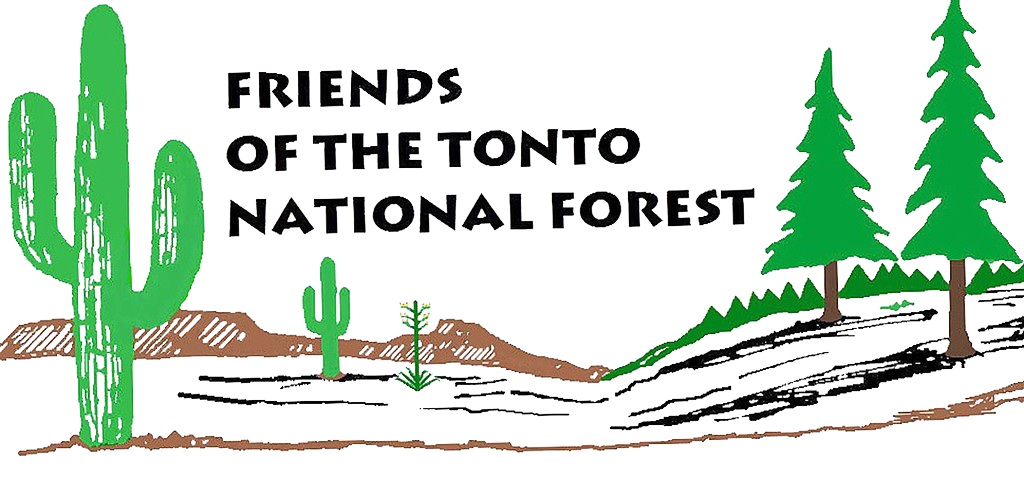




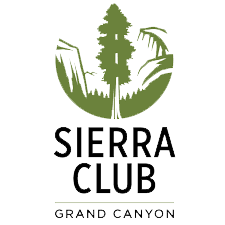









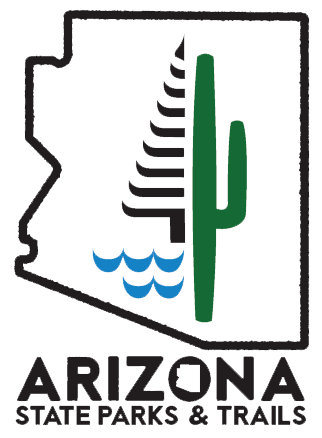


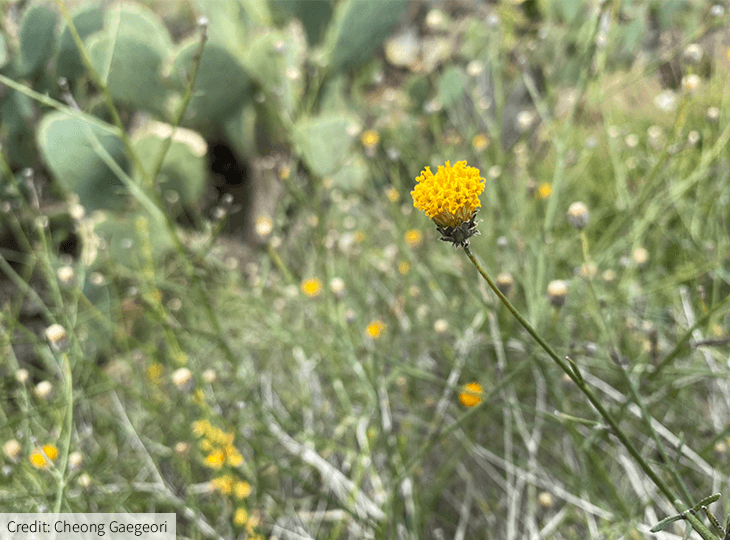
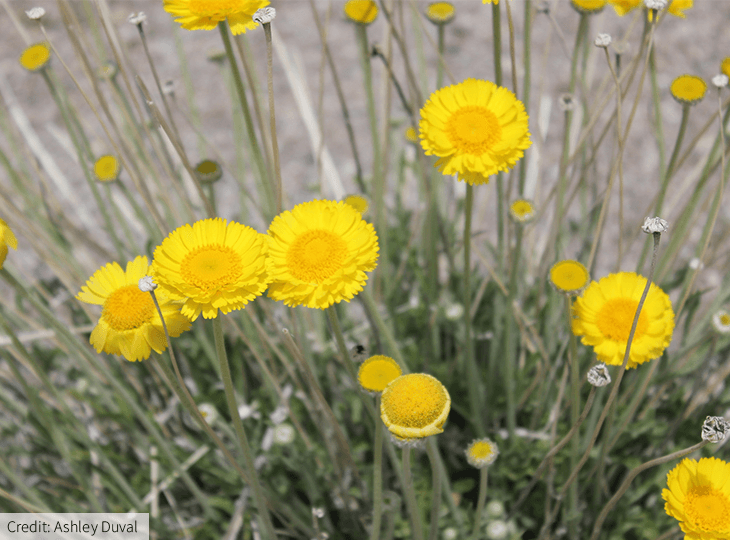



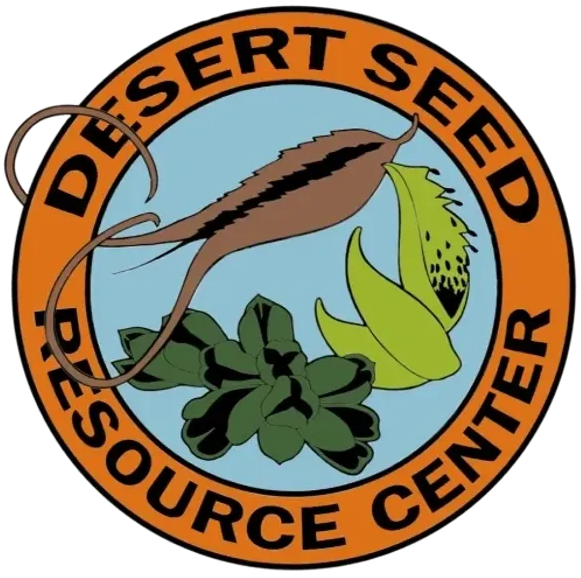


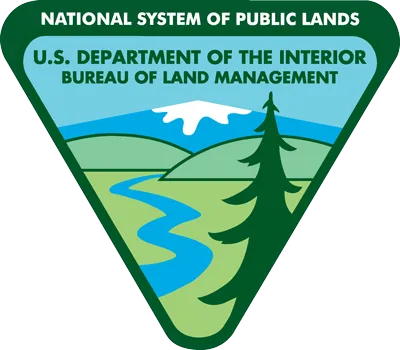





Recent Comments